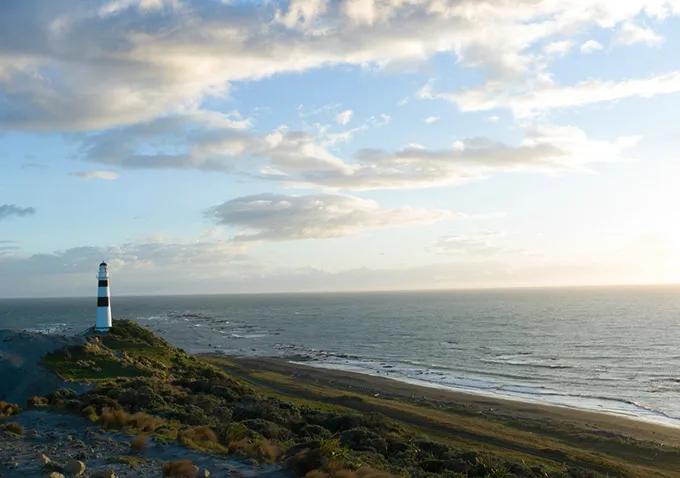Monitoring Marine Life–In Close to Real-Time–with eDNA Sensors
Posted
Last Updated
By sustainability.stanford.edu.
An optical sensor smaller than a postage stamp could help coastal communities monitor some of the world’s largest marine protected areas.
On a warm day this spring, an airplane carrying Stanford experimental physicist Halleh Balch touched down on the island nation of Palau in the Western Pacific as a brewing typhoon piled dark clouds on the horizon. In her luggage, Balch had packed a thumbnail-sized sensor that had been months in the making in California to detect fragments of DNA recently shed into the ocean by passing marine life.
Other technologies have enabled scientists for years to detect species in a habitat based on sloughed scales, tissues, and other genetic material known as environmental DNA, or eDNA. But few have been able to deliver that information in close to real time, especially in a marine environment, where scientists and natural resource managers say there’s an urgent need to track the array of marine life facing climate change impacts like coral bleaching, warming seas, and fish migrations.
Among the challenges scientists face when collecting eDNA from the ocean environment are salt and debris, which can make water samples difficult to filter and analyze. Plus, most current approaches require large laboratory-based equipment. The tiny sensor in Balch’s luggage was being designed in collaboration with Collin Closek, a staff scientist at the Stanford Center for Ocean Solutions, for exactly these challenges.
Balch, who’s a Howard Hughes Medical Institute Hanna Gray Fellow, had led technological development of the sensor over the past year in the lab of Stanford materials science and engineering professor Jennifer Dionne. Now, after months of iteration, she was bringing the latest prototype of the device to get feedback from local stakeholders and colleagues who had just returned from a five-day expedition collecting eDNA throughout the Palau National Marine Sanctuary.
Read more at: sustainability.stanford.edu.

